Product Enclosure Design Service
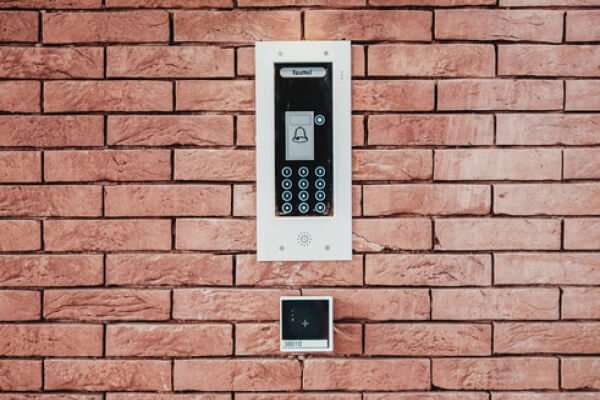
Form and Aesthetics:
The enclosure design should align with the product's intended visual appeal and brand identity
Functionality:
The enclosure should facilitate the device's intended functions and accommodate all necessary components, connectors, and interfaces
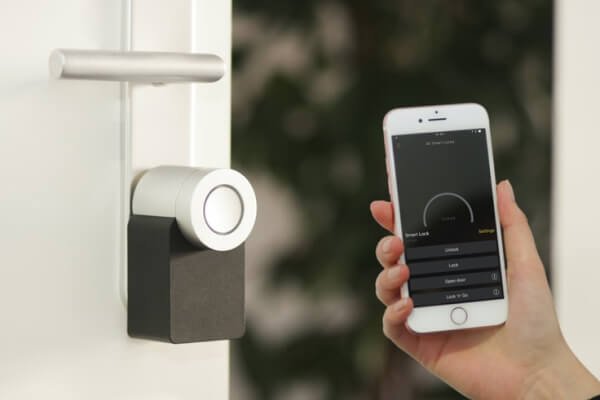
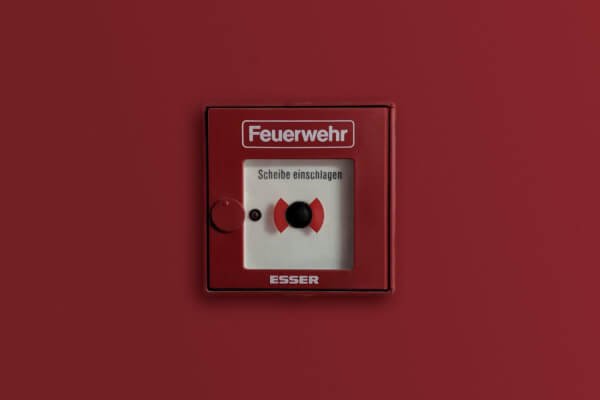
Ergonomics:
The design should consider how users will interact with the device, including button placements, port access, and overall comfort.
User Experience:
The enclosure design should enhance the overall user experience by ensuring ease of use, portability, and intuitive controls
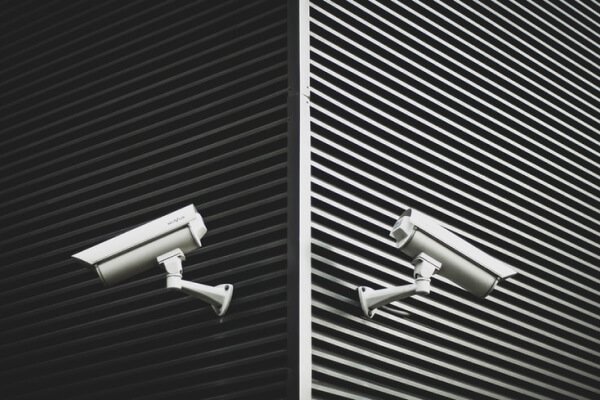

Material Selection:
The choice of materials (plastic, metal, composite, etc.) affects durability, weight, aesthetics, and manufacturability
Manufacturability:
Designing for efficient manufacturing involves considering factors like injection molding, CNC machining, and assembly processes
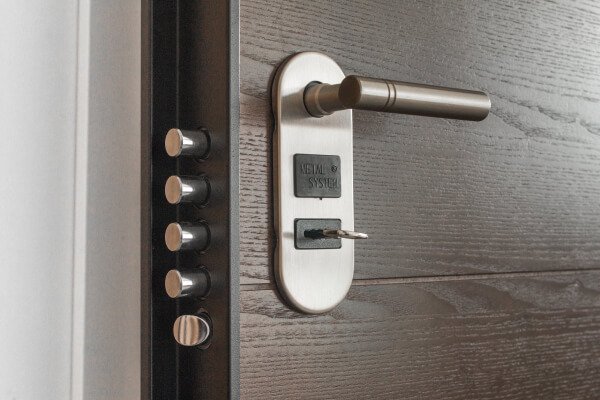
Join Us
Private Security Training
Sollicitudin eros nulla mus donec a quisque convallis integer condimentum volutpat felis sed aliquet netus dolor dictumst pellentesque egestas varius magna senectus.

Assembly:
The enclosure design should allow for easy assembly of internal components, minimizing the risk of assembly errors.

Ventilation and Cooling:
If the device generates heat, the design should incorporate proper ventilation and cooling mechanisms

Water and Dust Resistance:
Depending on the application, the enclosure might need to meet specific IP (Ingress Protection) ratings for water and dust resistance.

Connectivity:
The design should accommodate various ports, connectors, and wireless antennas without compromising aesthetics

Structural Integrity:
The enclosure should provide sufficient structural support to protect the internal electronics from physical impacts
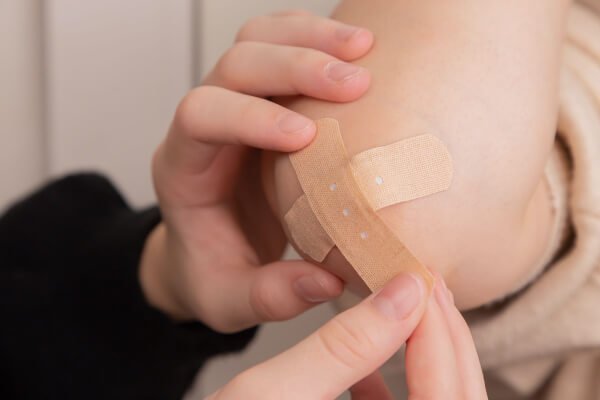
Compliance & Regulations:
Enclosures for certain applications (e.g., medical devices, consumer electronics) might need to adhere to specific regulatory standards

Conceptualization:
Brainstorm and create design concepts that align with the product's purpose, user needs, and aesthetics

3D Modeling:
Use computer-aided design (CAD) software to create detailed 3D models of the enclosure design.

Prototyping:
Create physical prototypes using 3D printing, CNC machining, or other rapid prototyping methods to test form and fit.

Testing and Validation:
Evaluate prototypes for usability, ergonomics, and overall functionality. Make necessary design adjustments based on testing feedback

Material Selection:
Choose appropriate materials based on factors like durability, aesthetics, and regulatory requirements

Manufacturing Guidelines:
Develop detailed manufacturing guidelines that specify assembly processes, tolerances, and material finishes.

Production:
Work with manufacturing partners to produce the final enclosures at scale.

Quality Control:
Implement quality control measures to ensure that the manufactured enclosures meet design specifications and standards

Documentation:
Provide detailed documentation including CAD files, assembly instructions, and material specifications for production and future reference
